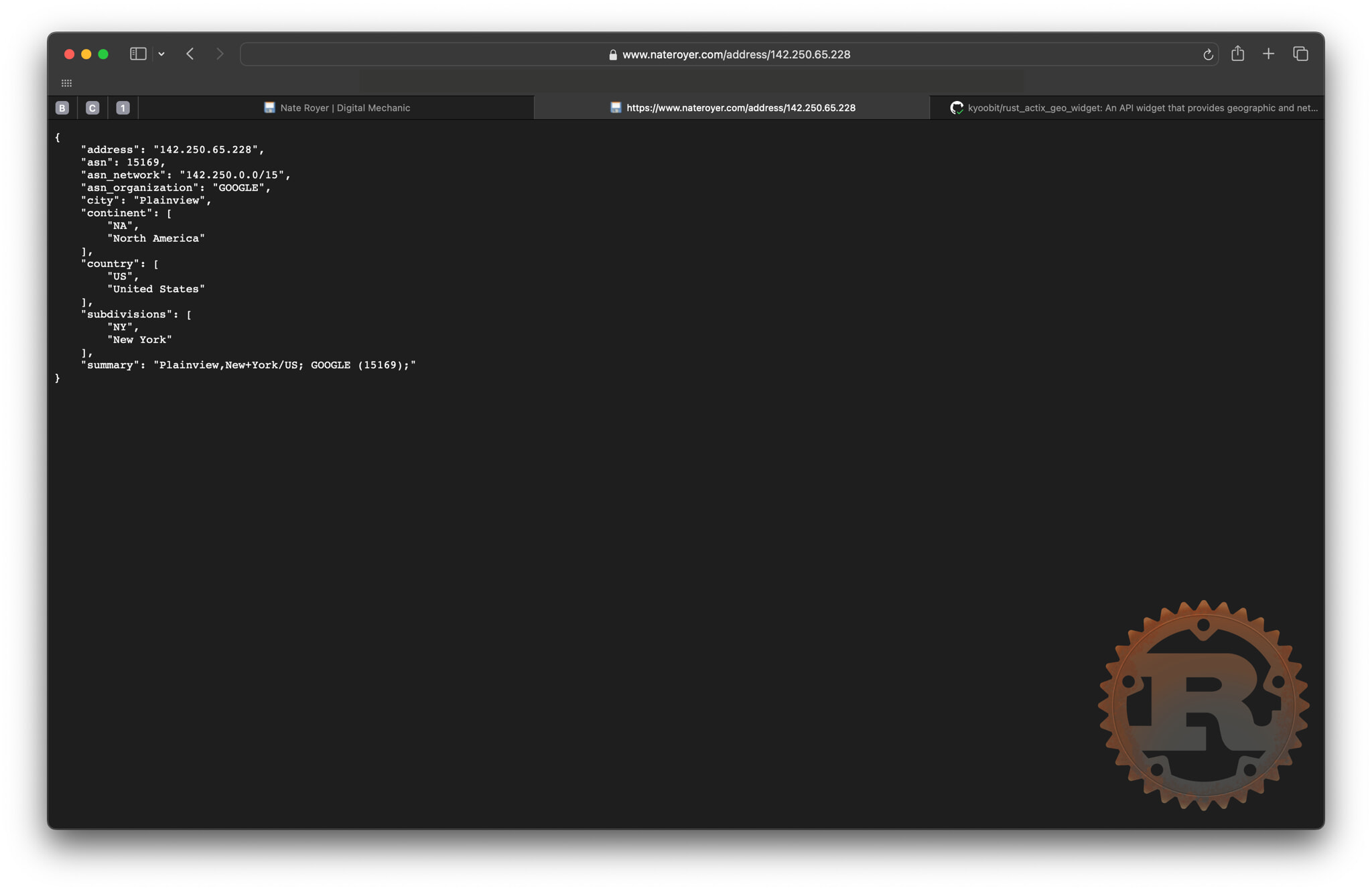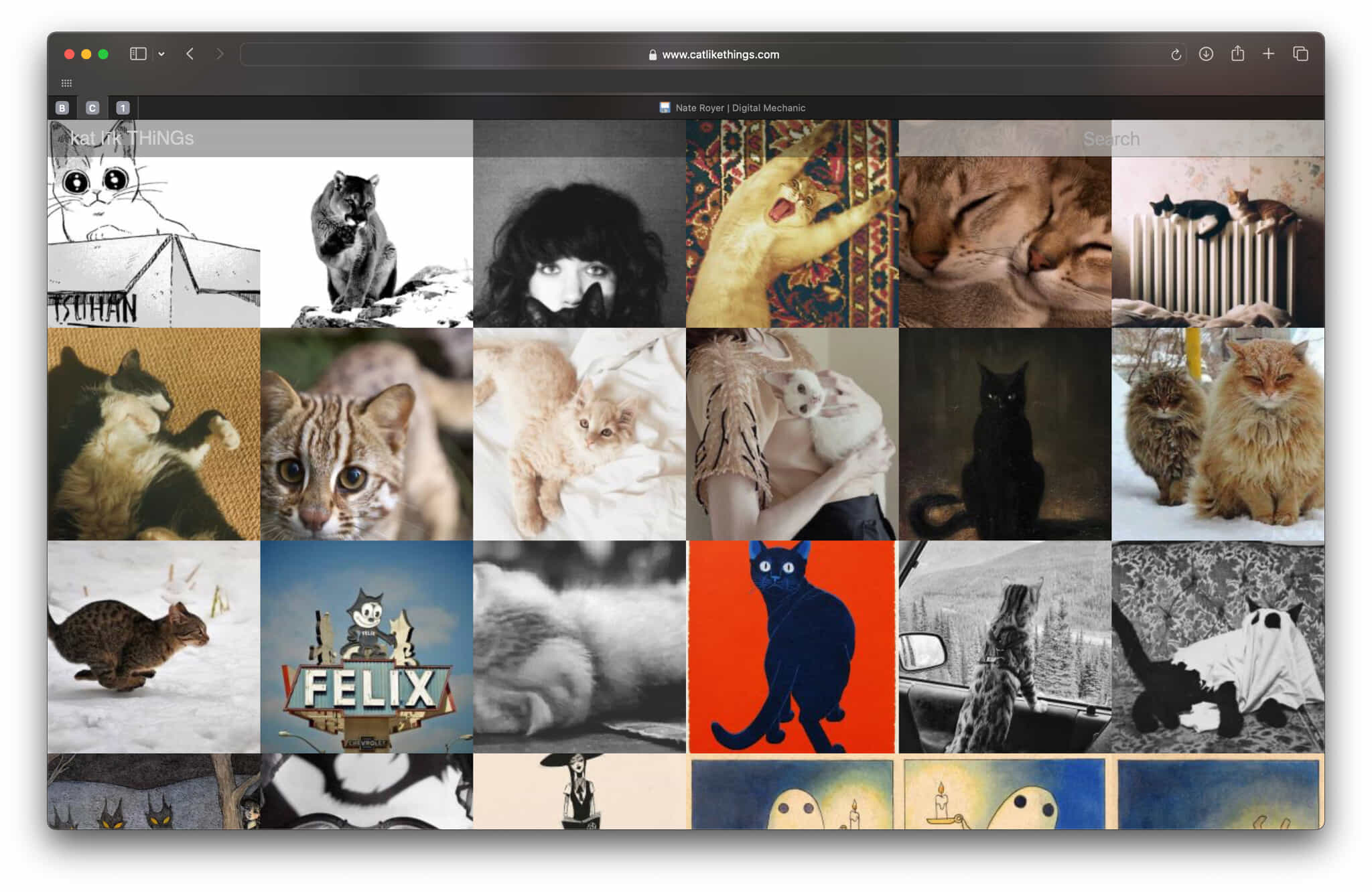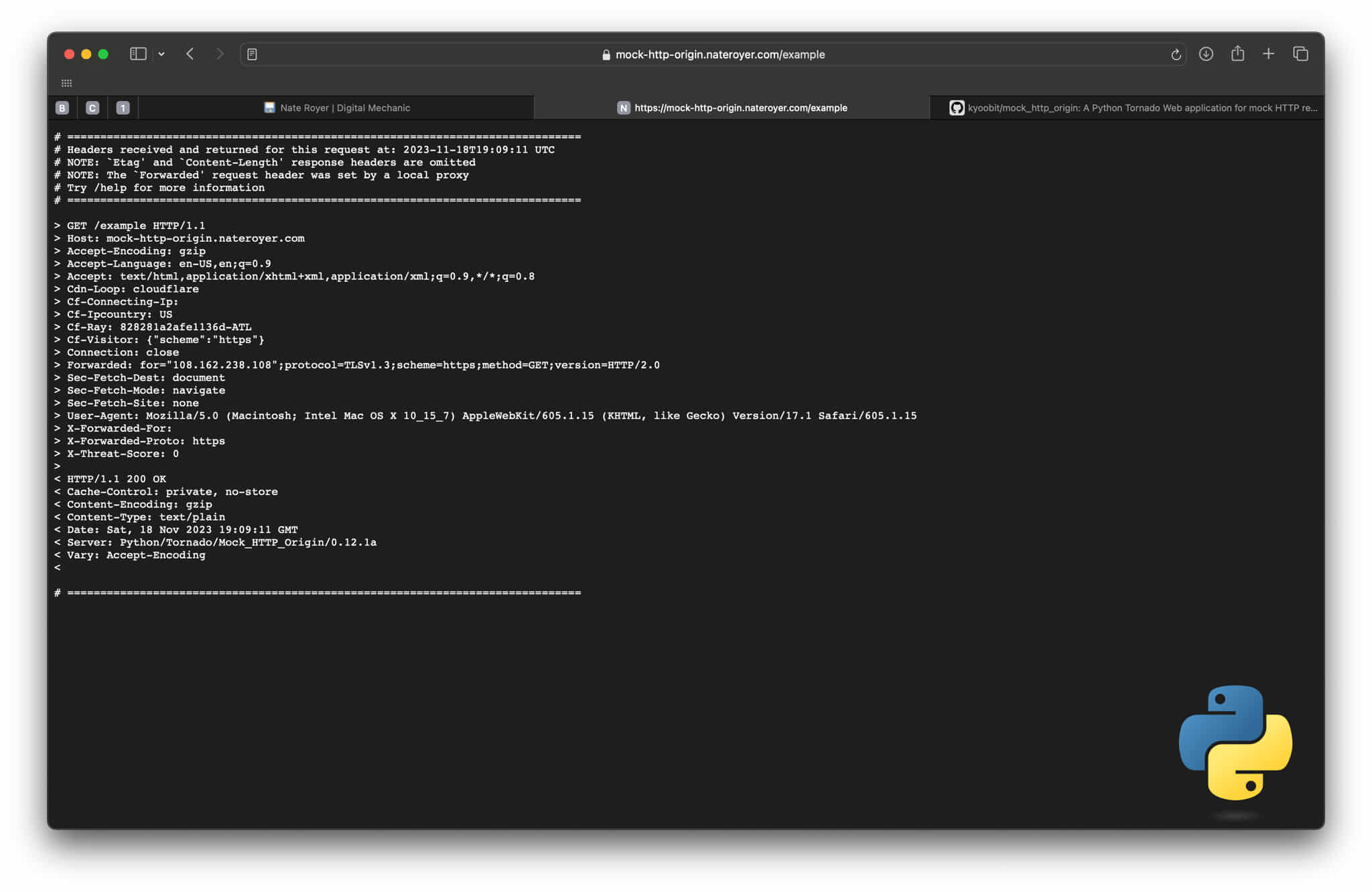Nate Royer
A digital mechanic working in the cloud.

HELLO WORLD! This is the personal Web space of Nate Royer, a digital mechanic tinkering with the cloud, working my way through the heap slowly cataloging threads of knowledge gained by practice, experience, mistakes and by talking to the other kids in the school yard (psssst, I heard from Dominika, who was talking to Motoko, that heard it from Helly that Emily is really a bot driven by AI, pass it on).
I am fairly certain I am not a bot, maybe. Either way, I have been accused of being a responsible, reliable, focused, self-driven individual experienced in a variety of Internet services (read: Full-Stack DevOps or what-ever you want to call it now), with many hard won years of experience running distributed services on cluster based Linux networks. I provide white-glove (let me do that for you) technical support to high visibility, large revenue easily recognized clients which are or serve household logos. My personal and professional goal is to remain highly knowledgeable and competitive in as many of my fields of interest as possible. These fields include, but are not limited to, Web based network system services, programming, user interaction, information architecture and design, cluster based systems, and managed system response automation.
Some of my professions include: a Lead, Senior Operations Engineer with a Linux based, globally distributed, cloud platform service provider, a Senior Technical Service Manager working with multiple well known video streaming platforms and gaming services, as an Integration Engineer or Activation Technician for web applications, a Windows/Linux/Apple Network System Administrator, a Product Group Expert (Digital Asset Manager) with a marketing agency working on behalf of a globally recognized automotive brand, a Technical Customer Support Technician for a top tier computer software and hardware manufacture, a Partner and Operator for a boutique digital printing service, as an Assistant Manager and Technician for a world renowned museum's digital service bureau and city college of arts.


